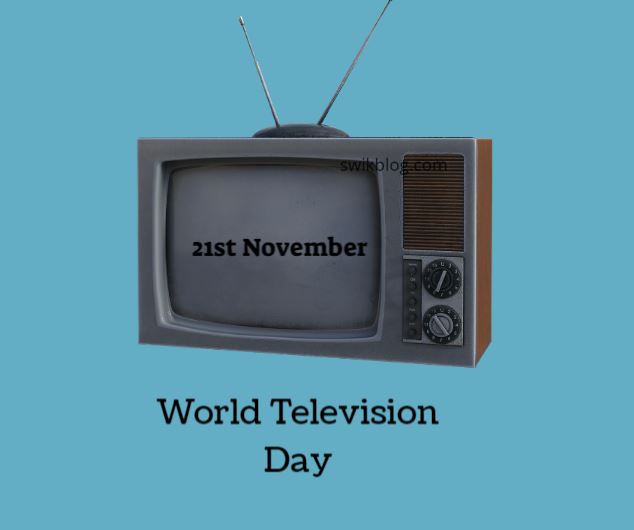Every November 21st is observed as World Television Day, commemorating the day of 1996 when the World Television forum was formed. The day acknowledges that television plays a significant role in the representation of various issues impacting individuals. This was done due to the recognition of growing impact of television on the decision-making process. Therefore, Television has been recognised as an essential medium to educate, channel and influence the public opinion. It was difficult to ignore its impact and existence and its effects on world affairs.
Televison is one of the greatest technology breakthroughs of the 20th century, helping to educate and inform our choices and views and affects them. However, with the advent of Internet broadcasting the number in favour of computers is diminishing, it is estimated that about 90 % of households worldwide have TV.
World Television Day is not a celebration tool, but rather it is a representation of ideology. Television is a sign of connectivity and globalisation in the world of today. The UN General Assembly declared 21 November as the World Television Day under the (resolution 51/205 of 17 December 1996) to be recognised as a growing influence on the decision-making process, by concentrating the world on conflicts and threats to peace and security and the possible role it plays in sharpening its attention on other important issues, including economic and social issues.
The World TV Day is a reminder of the visual media’s strength and how it helps shape public opinion and affect World policy. On 21 and 22 November 1996, the United Nations hosted its first World Television Conference, which was held to address the increasing importance of television in the changing world today and the ways of the collaboration between leading media figures under the auspices of the United Nations. Therefore, it was agreed by the General Assembly to declare 21 November a World Television Day.
The primary source of video consumption continues to be television. While the screen sizes have changed and the number of households with TV sets worldwide is growing, as well as producing, publishing, downloading and viewing content across various platforms. The connection between modern and traditional forms of broadcasting gives us the chance to become aware of the important issues which face our communities and our world.
Swikriti Dandotia












